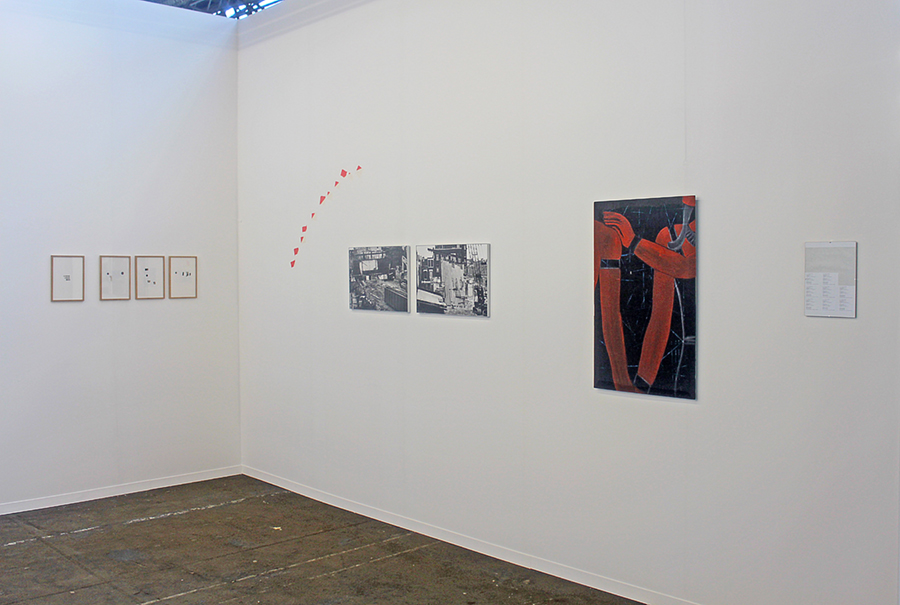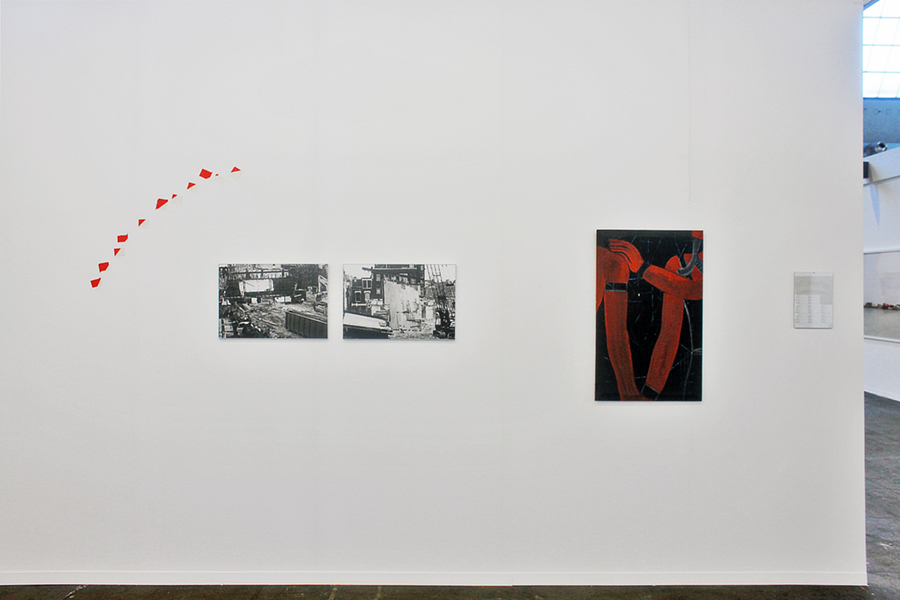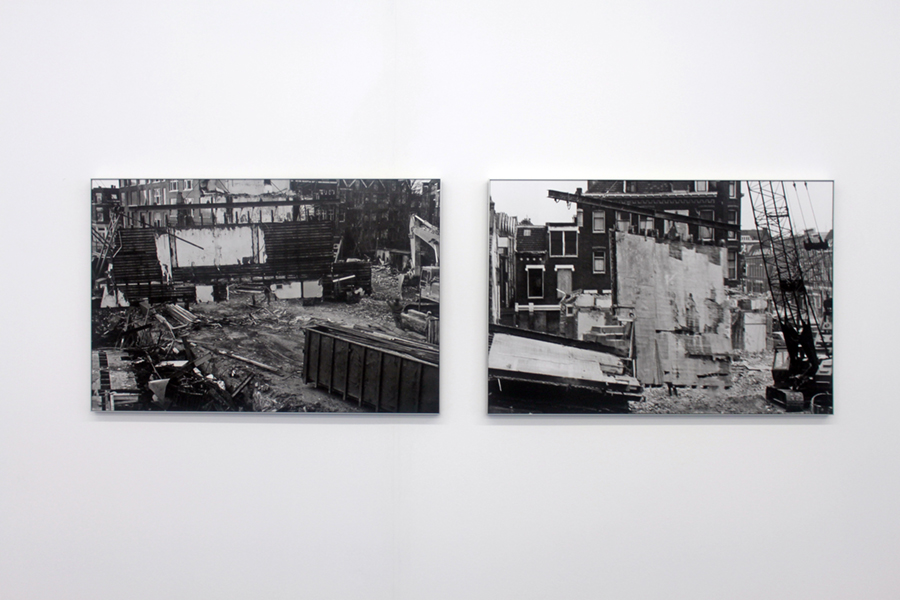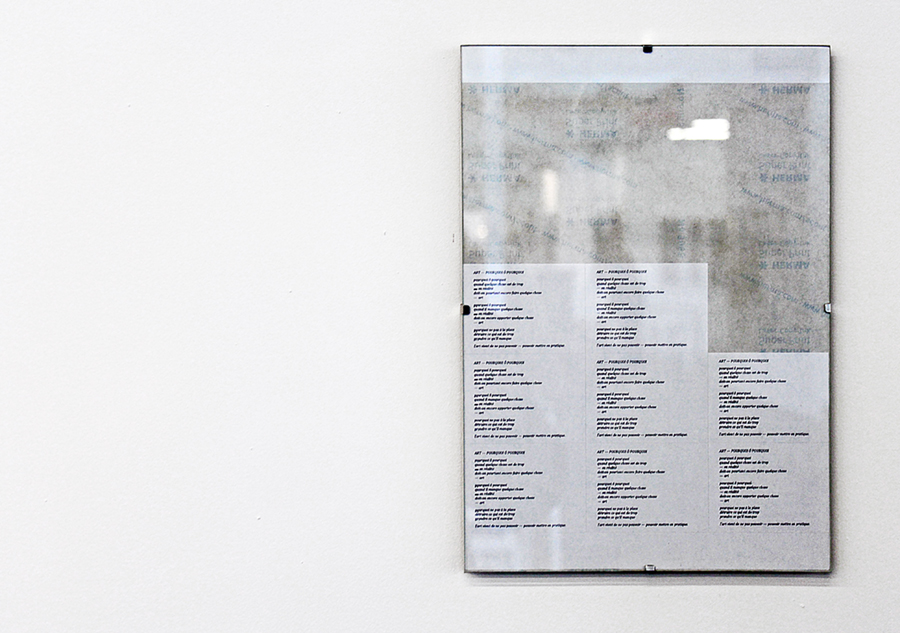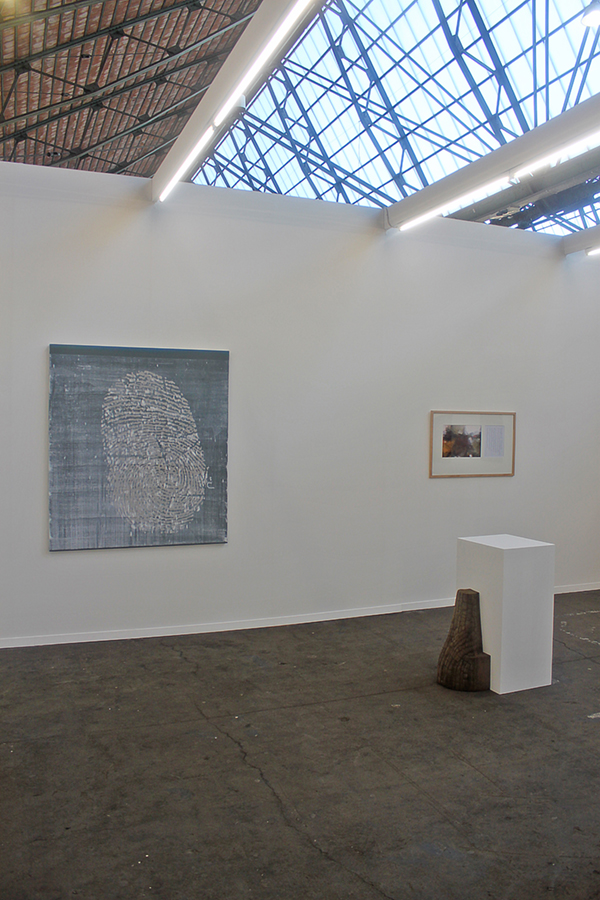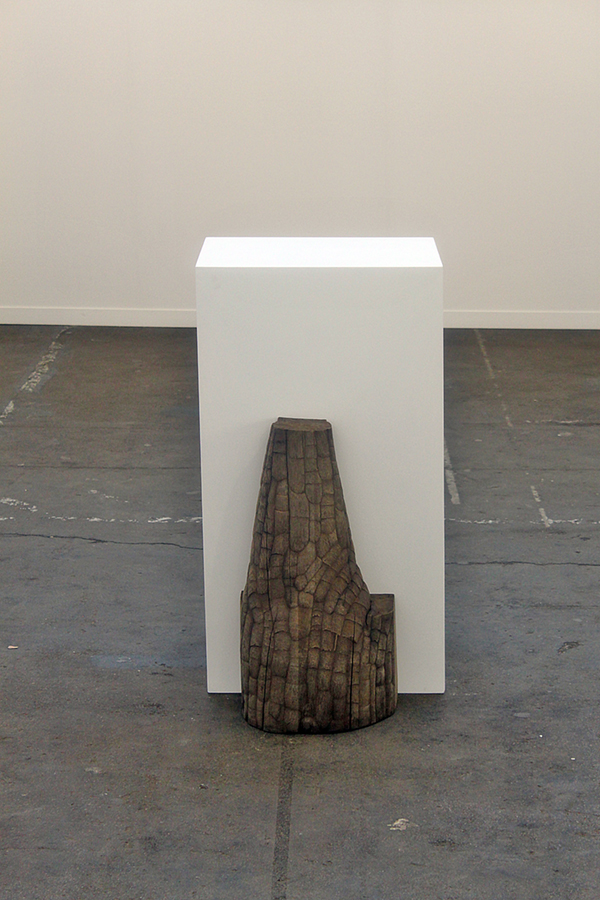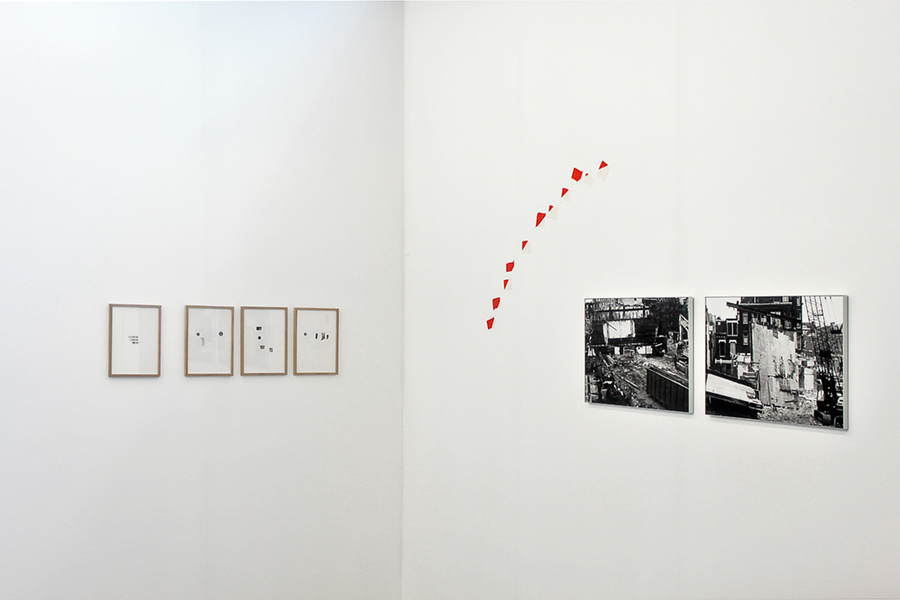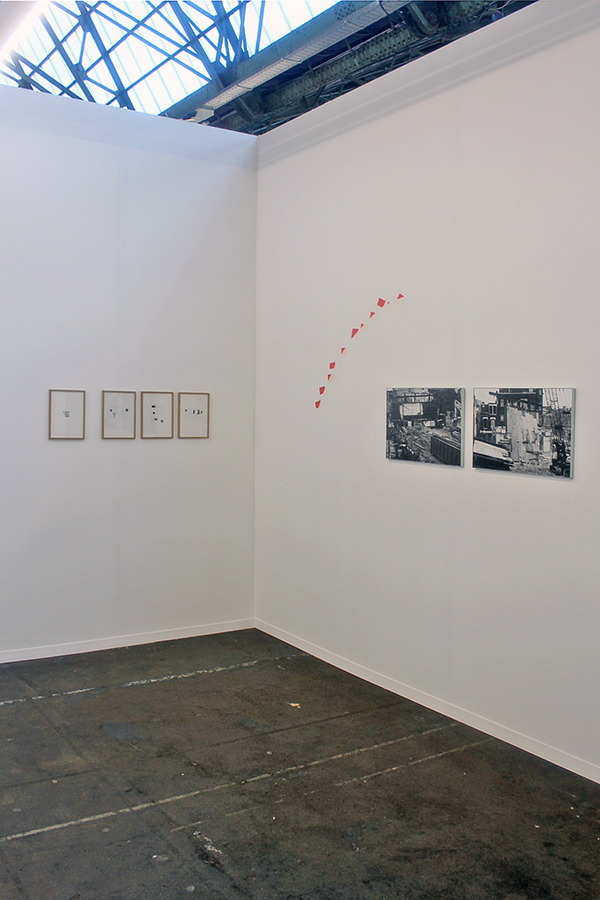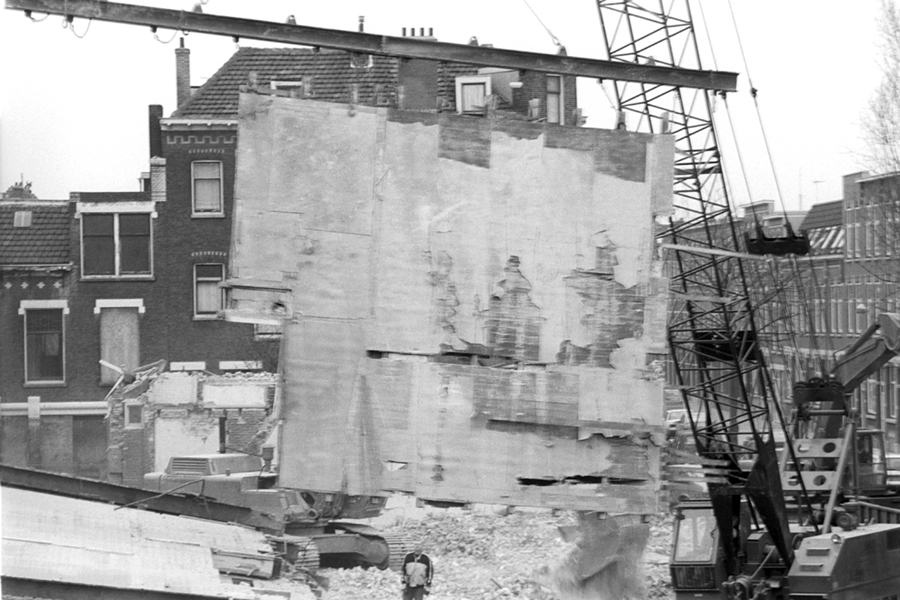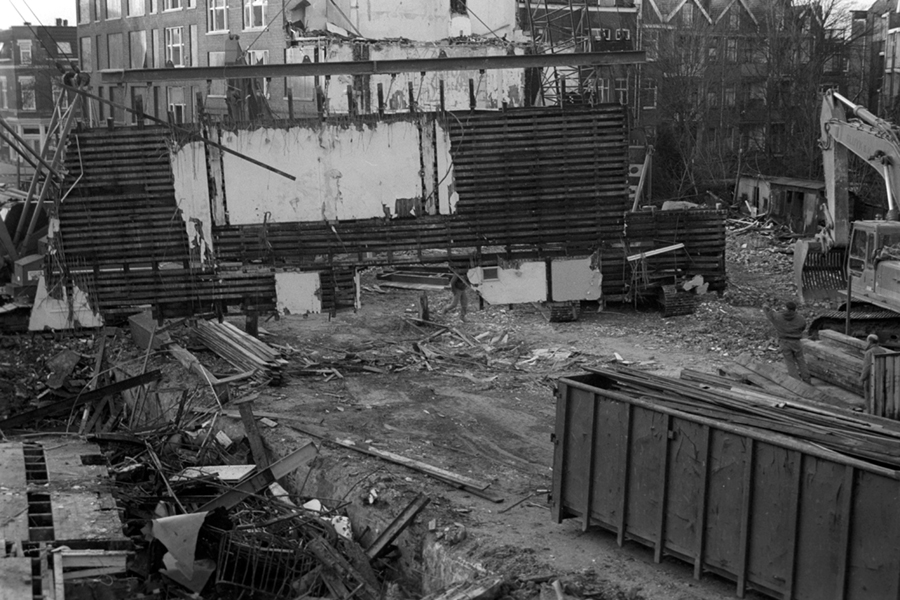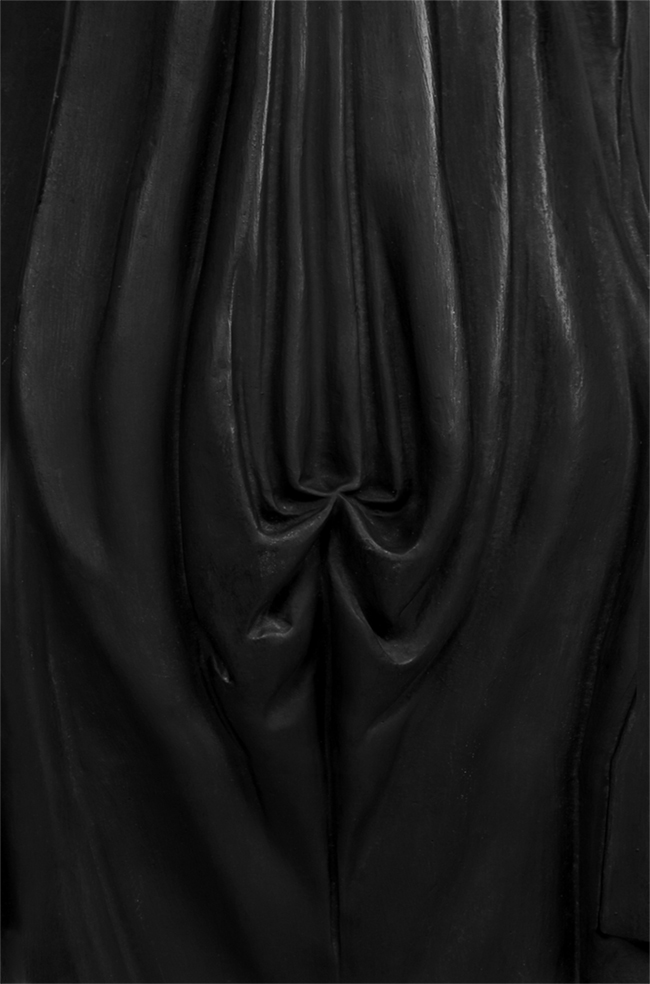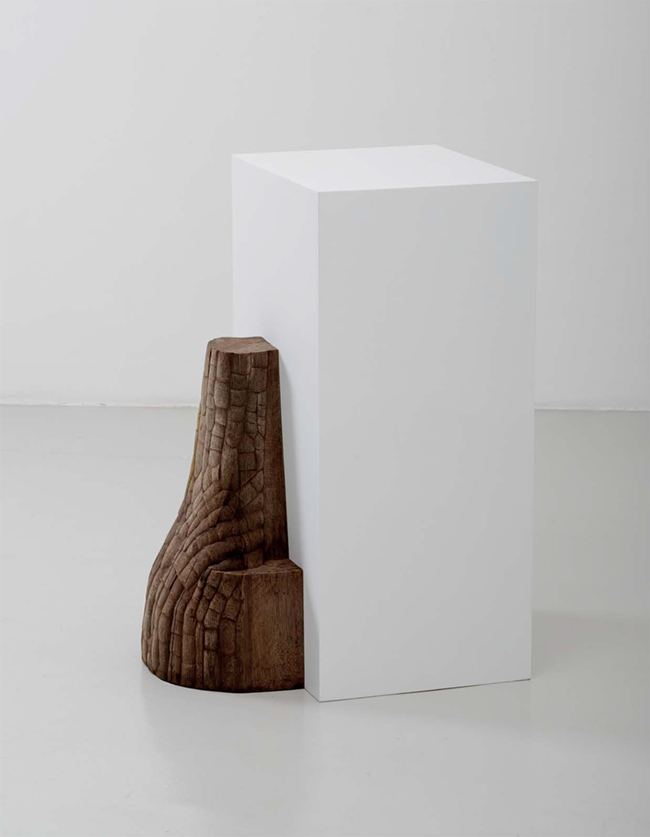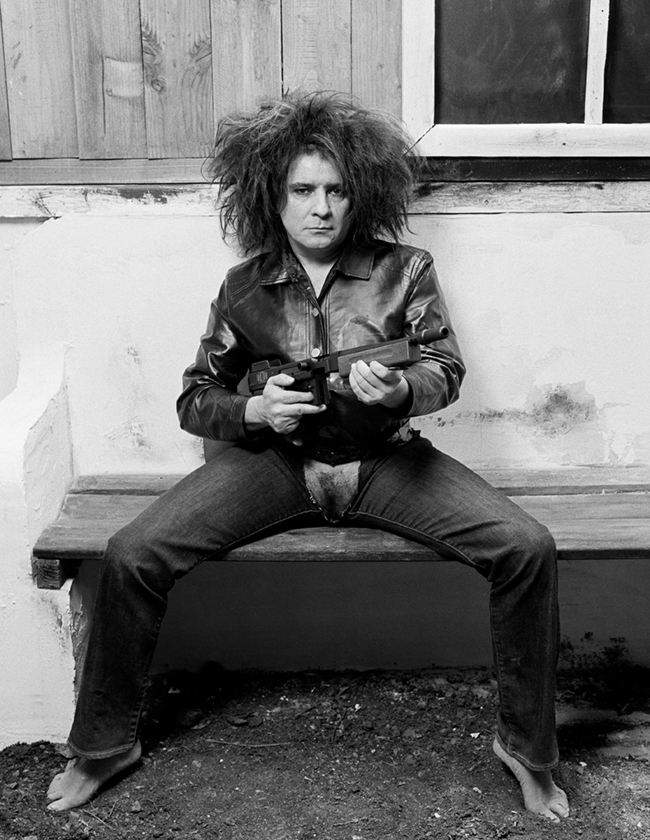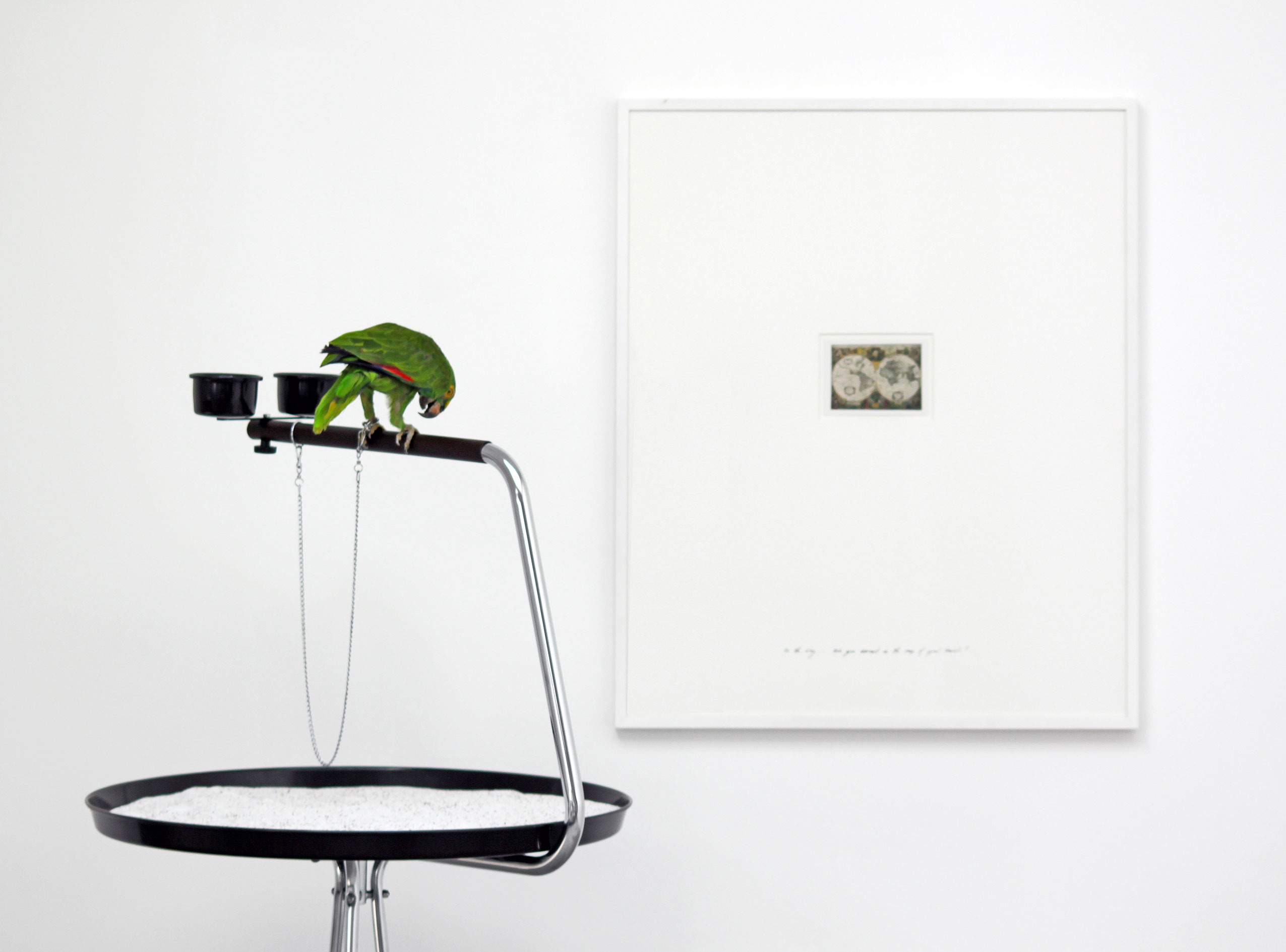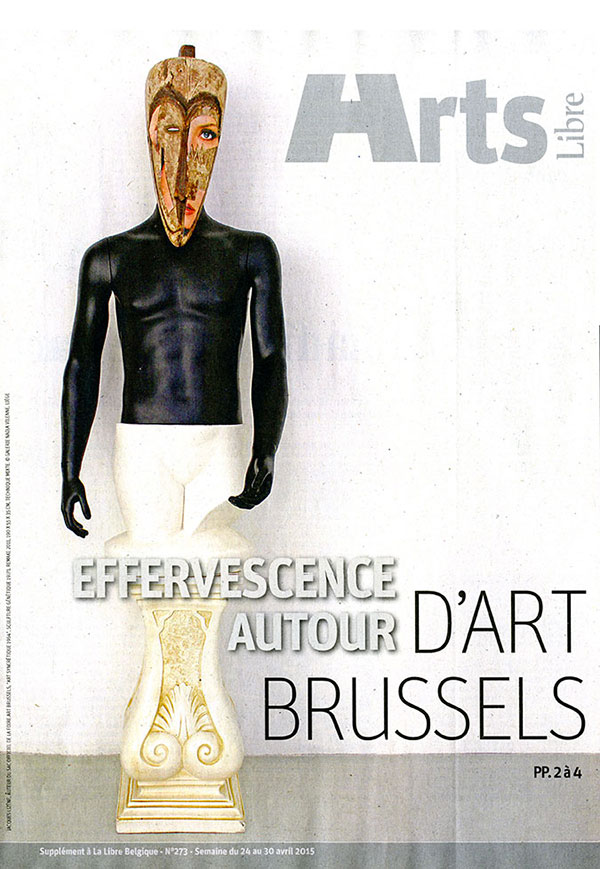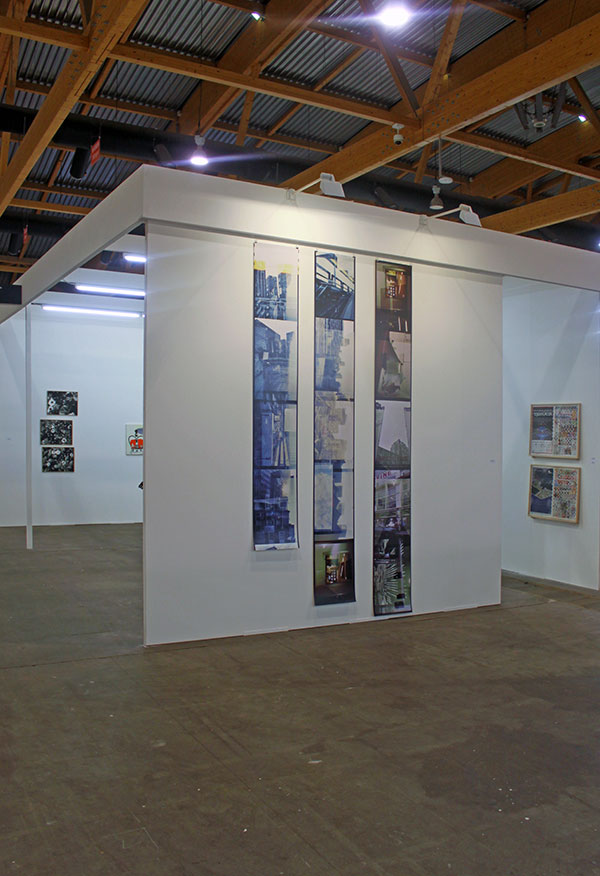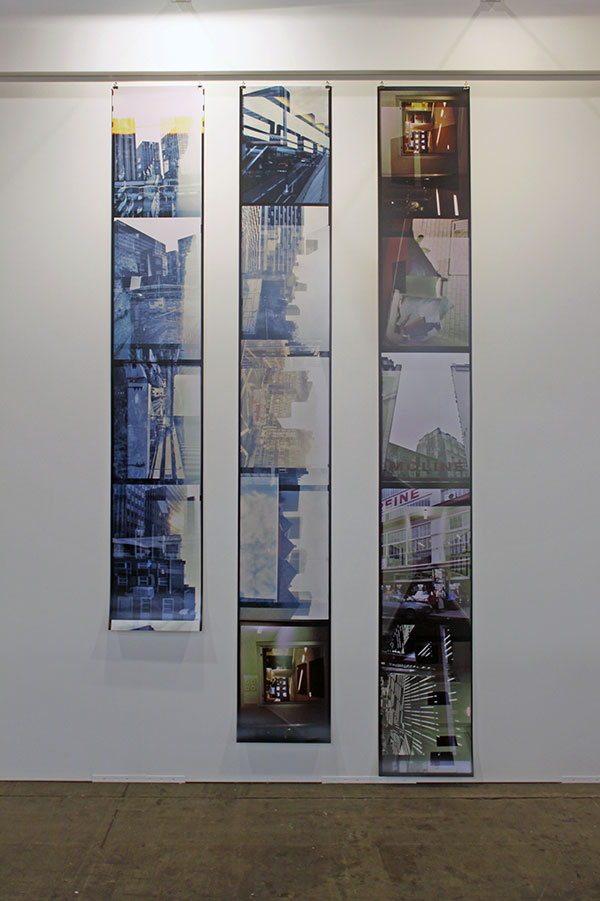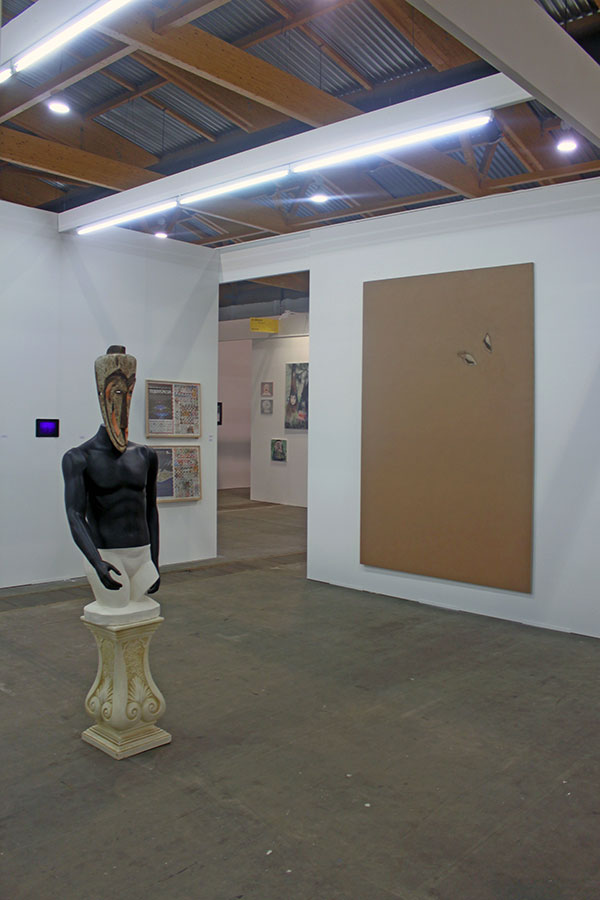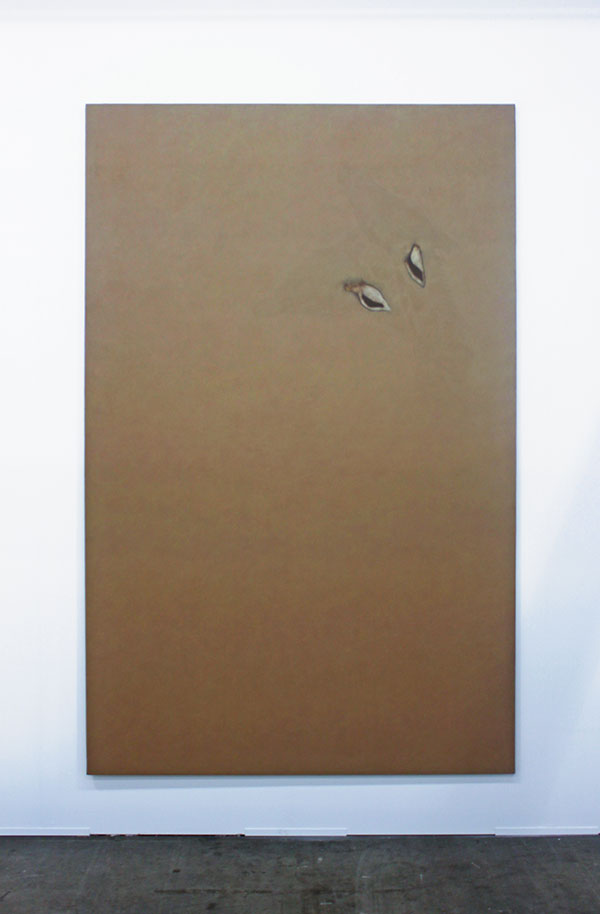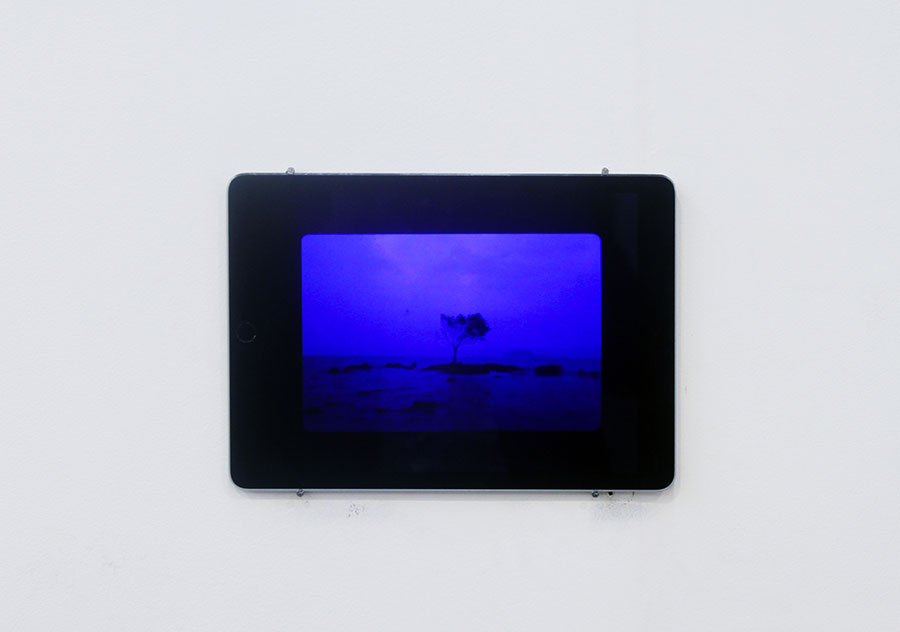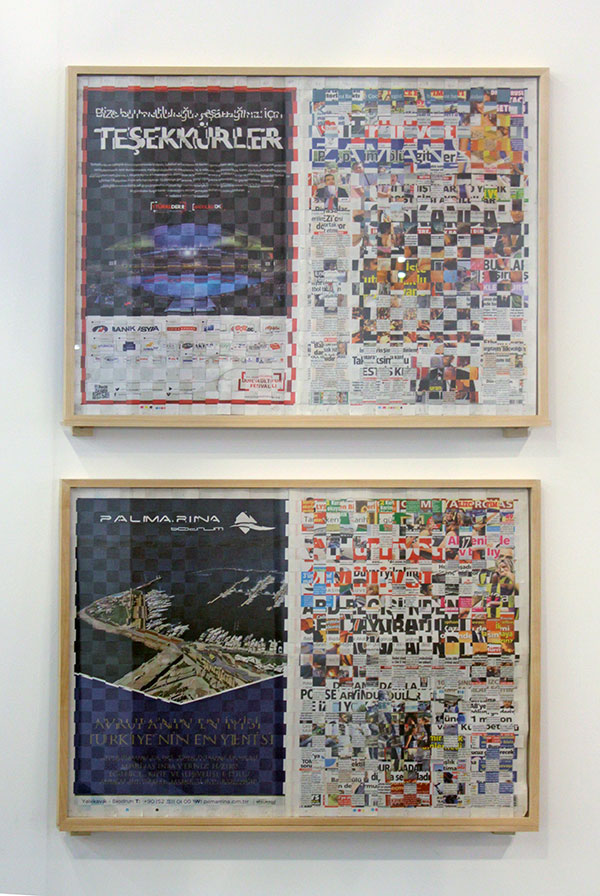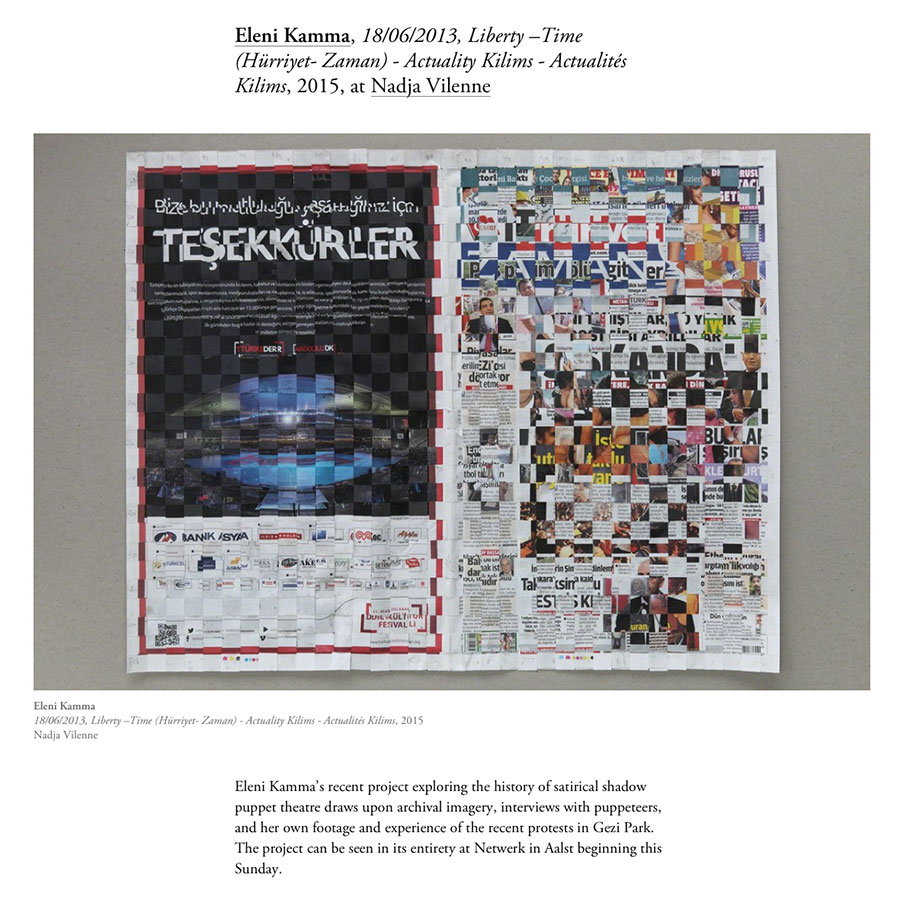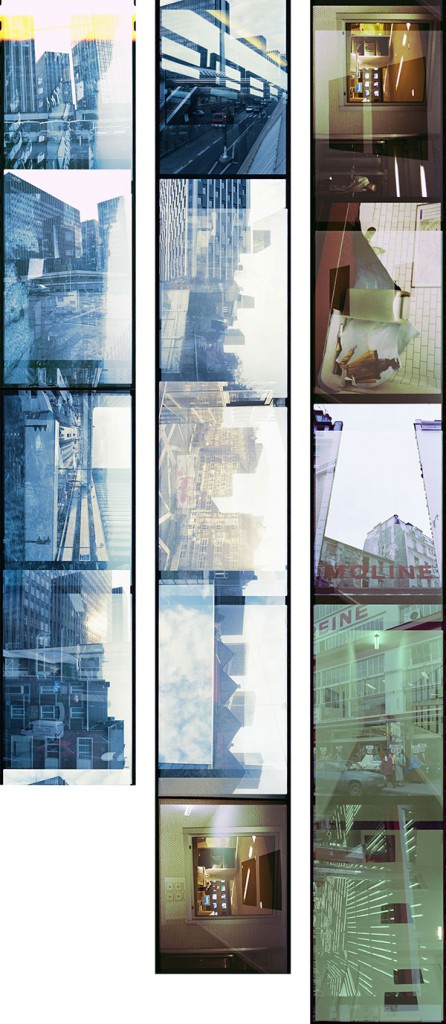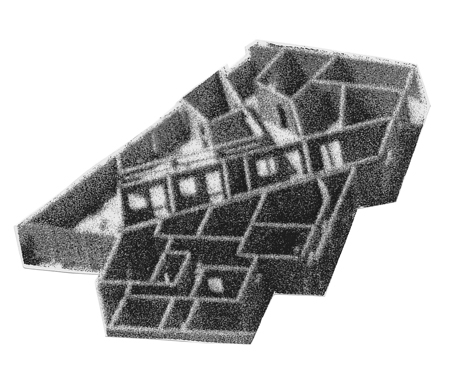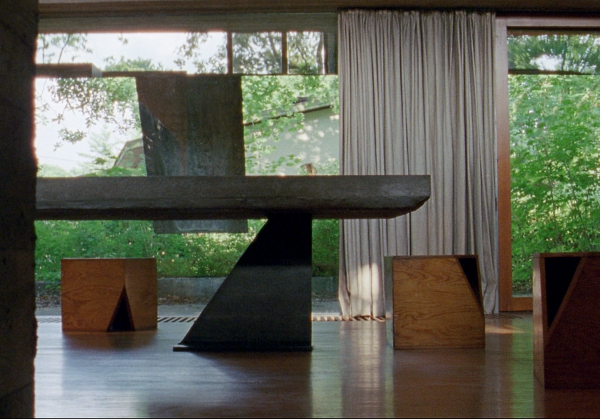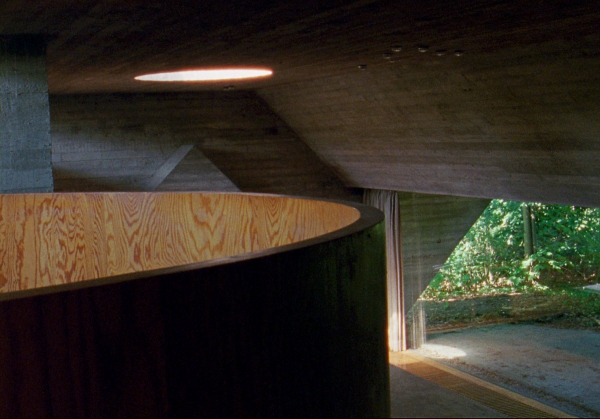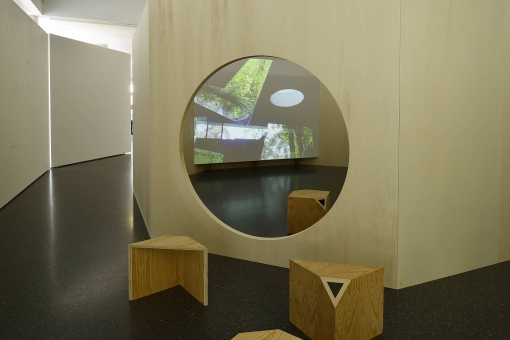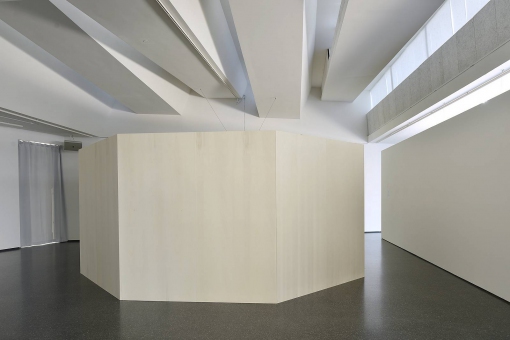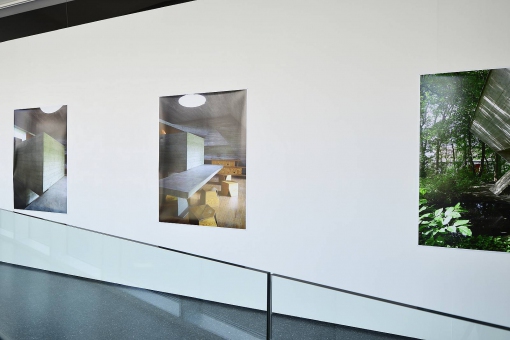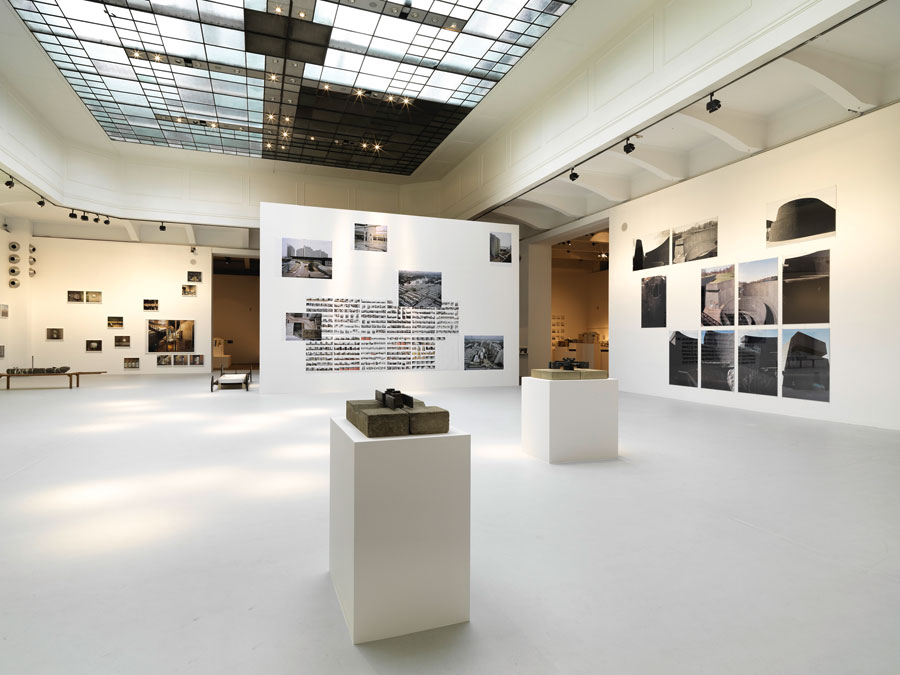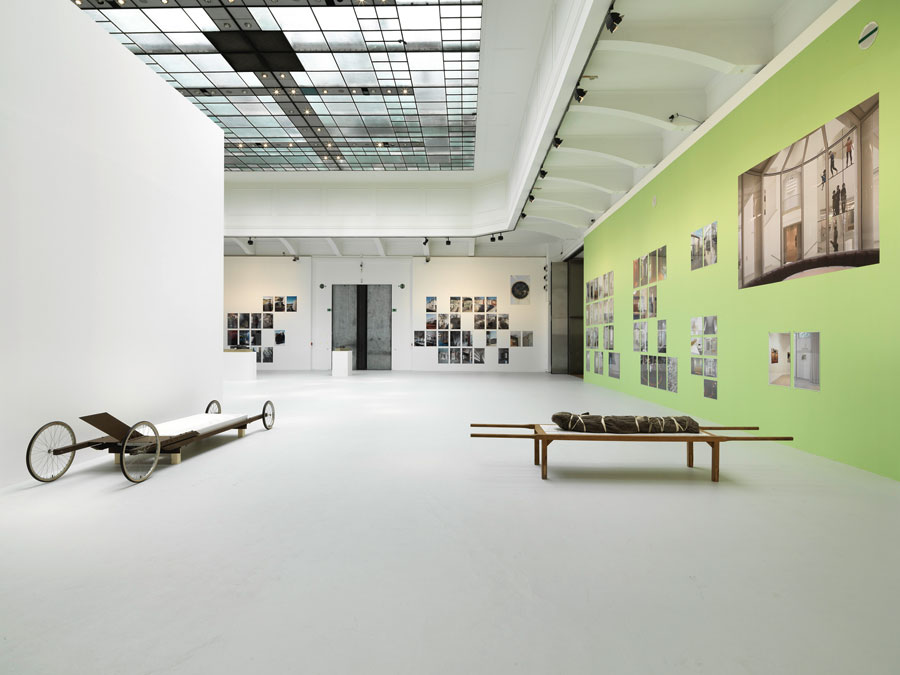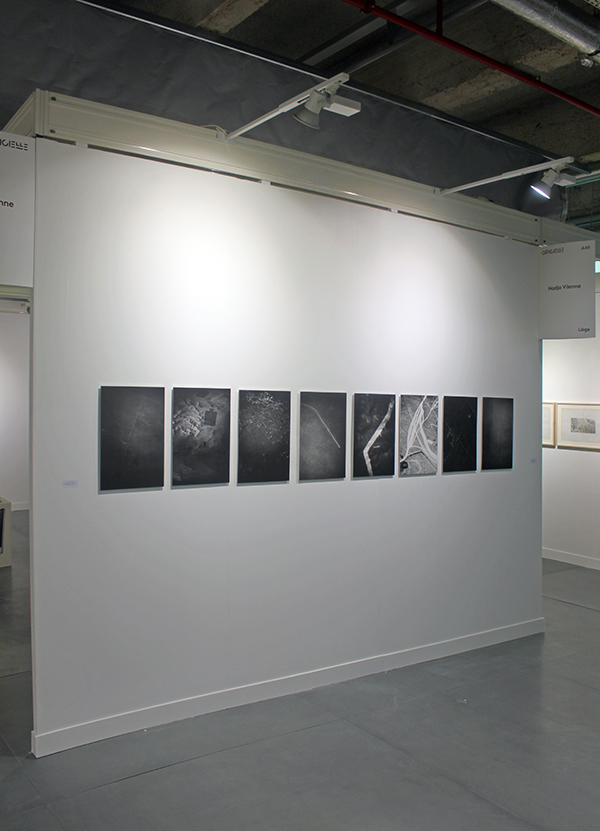
Aglaia Konrad, Boeing Over, photographie N.B,tirage argentique sur papier baryté, 48 x 32 cm, marouflé sur aluminium, 2003-2007
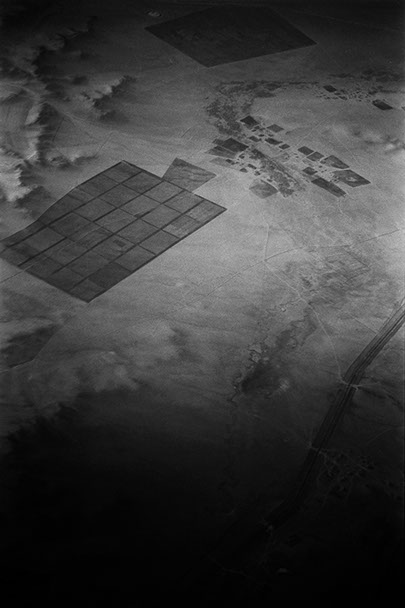
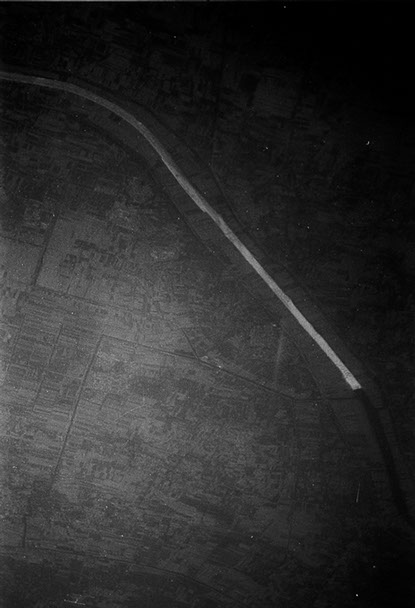
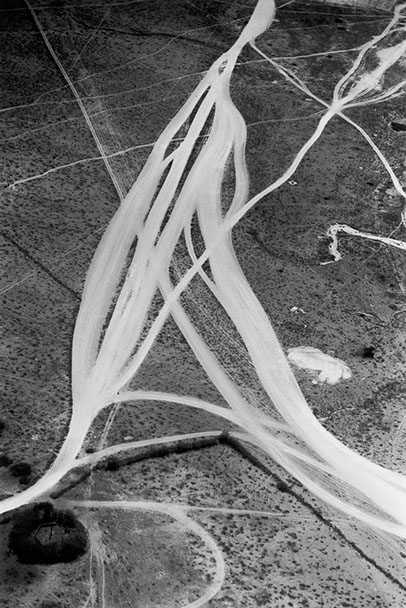
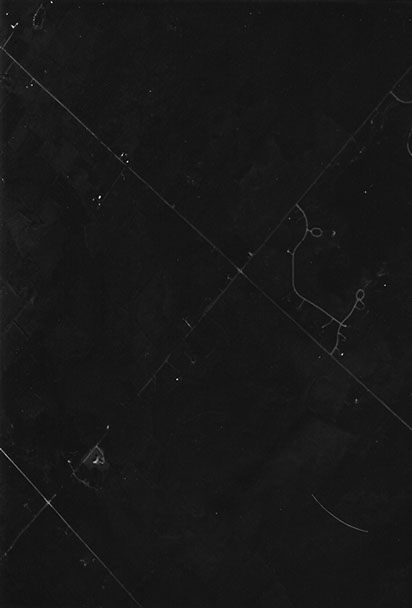
Certes, la photographie aérienne permet d’enregistrer les entités anthropiques et naturelles en constante évolution à la surface de la terre. Elle montre des entités comme les montagnes, les canyons, les déserts ou les basses plaines, les cours d’eau, de la source à l’embouchure ; elle révèle les ressources terrestres comme les lacs ou les forêts ; elle permet de reconnaître les densités de population, l’amplitude des villes. Et pourtant, pour bonne part, les « Boeing Over » échappent à toute tentative d’objectiver ces observations. Elles ne sont que le résultat de l’espace qui fuit sous les ailes de l’avion au moment précis de la photographie. C’est dire que la réalité, j’allais écrire la vérité, des clichés d’Aglaia Konrad commence là où s’affirme l’indiscernable, où le réel s’abstrait. Déjà parce qu’on ne peut les localiser, parce que leur origine topographique, souvent, ne peut plus être déterminée, ces photographies opèrent sur notre oeil une fascinante attraction terrestre. Cette irrépressible attraction que nous avons à vouloir reconnaître et comprendre ce que nous observons, ici cette surface de la terre que l’on distingue à dix milles mètres. La distance entre ce que nous connaissons et ce que nous reconnaissons est peut bien plus considérable.
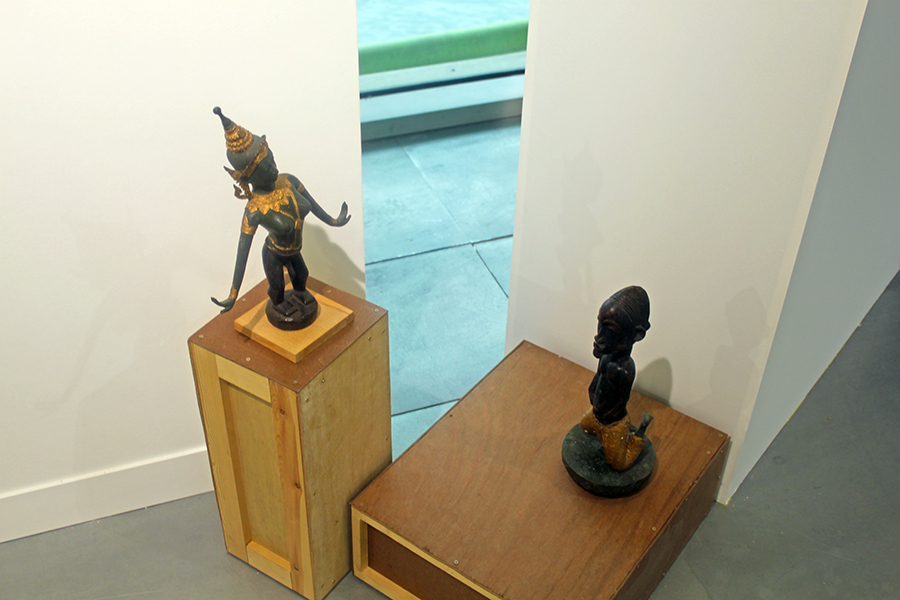
Jacques Lizène, 2011
Art syncrétique 1964, sculpture génétique
culturelle 1984, en remake 2011, fétiche africain croisé danseuse asiatique, technique mixte
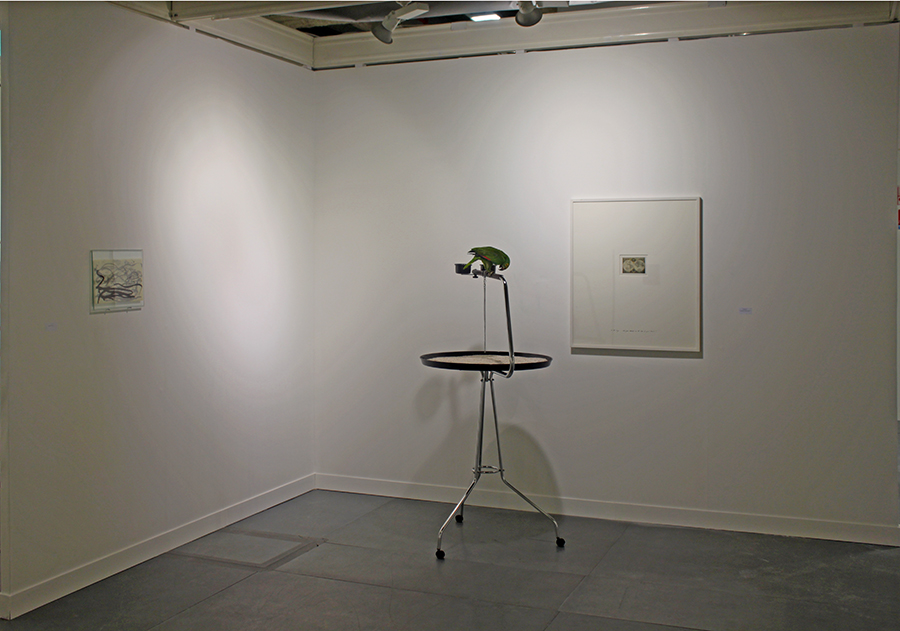
John Murphy
On the Way… Are you dressed in the map of your travels? 2003
Stuffed parrot, post card and stand.
Parrot: 24 x 32 x 23 cm, stand: 83 x 73 x 3,5 cm, framed postcard: 86,5 x 74,5 x 3,5 cm.
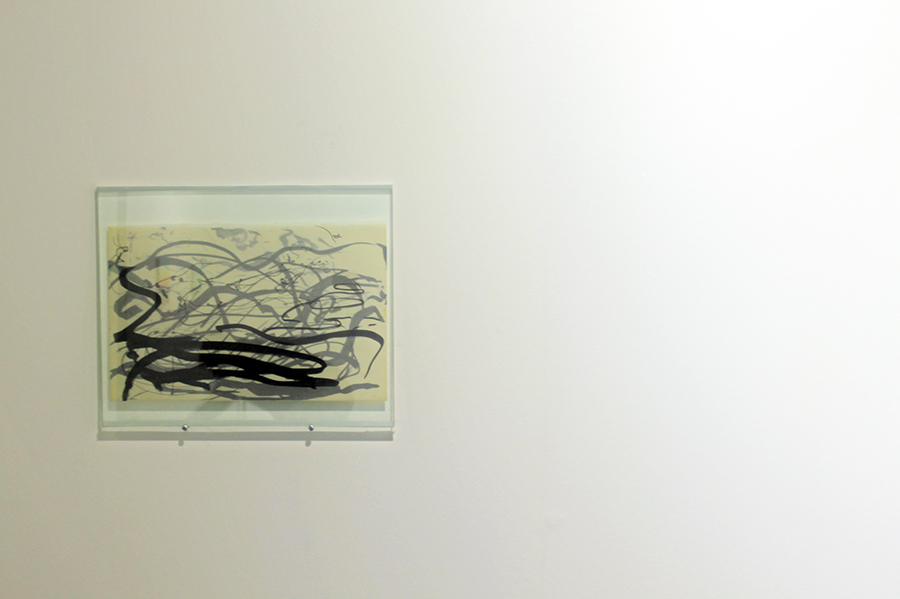
Jacqueline Mesmaeker
Scan 1 + 2 + 3, 2014
Encre sur papiers calques, 36 x 28 cm
[sociallinkz]
